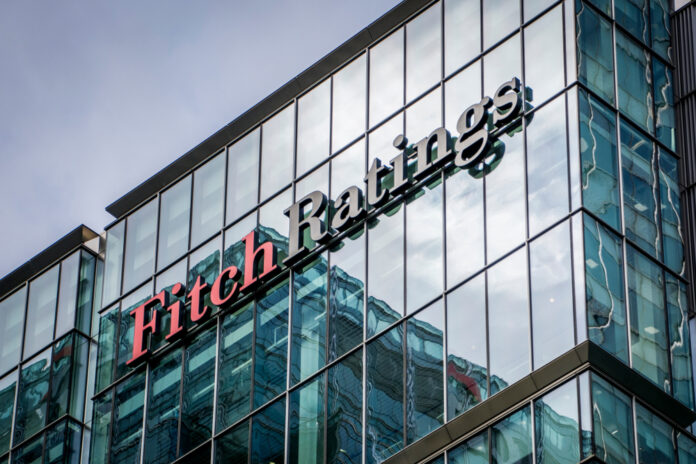Economic expansion, measured as the gross domestic product (GDP), is seen accelerating across ASEAN and especially in the Philippines, according to latest forecasts by Fitch Ratings.
The buoyant outlook bodes well for the USD404-billion economy whose growth rebounded to 5.9 percent in the third quarter after having dipped to only 4.3 percent in the second quarter as agriculture, now headed by a practical, former private sector executive, service and industry sectors all posted accelerated output expansion that allowed the economy to grow by 5.5 percent over nine months. The larger objective is to grow six percent up to seven percent this year.
According to data obtained from the Philippine Statistics Authority (PSA), the Philippines has posted 10 consecutive quarters of sustained growth, the last one fed by a rebound in agriculture output to 0.9 percent from 0.2 percent, industry expansion to 5.5 percent from only 2.1 percent and services to 6.8 percent from 6.1 percent.
Experts and observers have also noted that accelerated government spending that in the second quarter contracted by 7.1 percent rebounded strongly by growing 6.7 percent in the third quarter. Fixed investment grew by 7.9 percent from 4 percent just a quarter earlier and exports grew 2.2 percent as imports fell by 1.3 percent.
It also mattered less that household consumption grew by only 5 percent from 5.5 percent a quarter earlier.
Fitch Ratings analysts said the projected growth across ASEAN, the Philippines included, were seen fueled by US interest rates remaining high until at least mid-2024. Central banks in the region typically keep in lock step with each US Federal Open Market Committee adjustments to prevent arbitrage in bonds and currencies. Narrowing bond yields and strong currencies turn off opportunistic foreign fund managers on constant lookout for greater interest rate reward for placements or promise of more foreign exchange gains elsewhere.
“Our base case has US rates remaining high until at least mid-2024. Any additional rate hikes by the US Fed will extend the support to NIMs but at the same time increase asset-quality risks. Conversely, should global interest rates decline by more or sooner than we expect, banks may face heavier margin pressure – which could spur growth and risk-taking,” Fitch analysts said on Wednesday.
Bank lending in the Philippines increased by 6.5 percent to P9.65 billion in September from 7.2 percent or P9.57 billion in August.
NIMs are a measure of a bank’s net return on its assets like investment securities, loans and leases. Fitch-rated banks in the country were earlier seen enjoying wider NIMs this year as assets reprice and funding cost increases are dampened by an adequately liquid financial system “despite aggressive monetary policy tightening over the past year.”
“The Philippines’ NIM is likely to decline – albeit from a record high – when domestic policy rates revert to lower levels in the latter half of 2024. This partly reflects the Philippines’ higher proportion of CASA deposits,” Fitch Ratings said.
The central bank, the Bangko Sentral ng Pilipinas (BSP), adopted a surprise, 25 basis point off-cycle interest rate adjustment in September to 6.5 percent to help anchor inflation and inflation expectations. This helped inflation to ease sharply to 4.9 percent in October from 6.1 percent in September as food inflation eased to seven percent from 9.7 percent.







